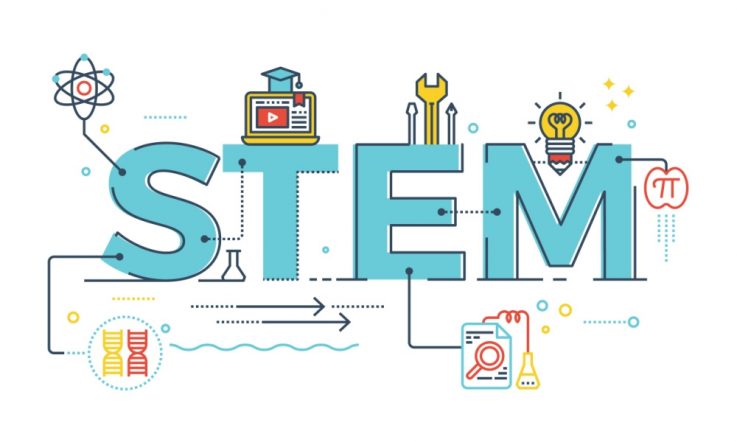Throughout August, Teacher is exploring the theme of STEM (Science, Technology, Engineering and Mathematics) learning. Today's article shares a review of evidence-based practice for primary STEM teaching.
While the need for STEM-related expertise in the workforce is growing, the number of students choosing STEM subjects at secondary and tertiary level in Australia is stagnating.
Although decisions about future pathways are made later on in a student's school career, teachers in the primary years have an important role to play.
A new review offers practical ideas for primary STEM teaching. Translating STEM education research into practice also looks at useful programs for teachers and frameworks for curriculum integration.
‘STEM education can begin from the earliest years and fundamental STEM skills should be established in primary school. The primary years are a time where students are developing a self-belief in their ability as a STEM learner,' author Christine Rosicka says.
The review has been released by the Translational Research project – an Australian Council for Educational Research (ACER) initiative designed to help teachers apply research in the classroom to improve learning.
STEM education themes and key messages
A total of 54 research and policy documents were reviewed and four major themes emerged: teacher capacity, integration of STEM disciplines, active learning, and student engagement and participation.
In relation to teacher capacity, teacher self-confidence and subject knowledge came through as important for STEM programs to be successful. ‘Teachers and schools looking for the best way to build their capacity in STEM education should prioritise professional development. Strategies include employing STEM-specialist teachers and coaches, mentoring by industry STEM professionals, fostering school-based professional learning communities or offering extended study opportunities such as summer schools,' Rosicka notes. ‘A key message from the research is that teachers require ongoing support and the ability to reflect on their practice.'
The review has several ‘key messages' for primary teachers. One is to look for opportunities to integrate the four subject disciplines – as well as giving students an opportunity to apply skills and knowledge in a range of curriculum areas, research shows an integrated approach boosts problem-solving skills and motivation. Using an inquiry-based or active learning approach, and giving students challenges linked to real-world problems, have also been found to be valuable.
‘Allowing students to integrate their knowledge of STEM subjects using real-world problems can help them understand why they are learning STEM subjects and how their knowledge can be applied outside the classroom. There are a number of challenges, competitions and other opportunities available to schools. Some are listed in the Office of the Chief Scientist's 2016 STEM Programme Index.'
‘E' is for Engineering
The ‘E' of STEM tends to receive less attention than its acronym counterparts, particularly in primary schools. The Translational Research review includes several pointers for teachers in this area, including referencing two 2016 studies evaluating the Engineering in Elementary program in the US. They both highlighted the importance of allowing students to fail, to reflect on their mistakes and learn from them.
It also looks at an engineering design process framework developed by Queensland academics Professor Lyn English and Dr Donna King. The framework of five processes – problem scoping, idea generation, design and construction, design evaluation and redesign – was used for a primary years aerospace engineering challenge to make a paper plane. ‘Based on their study, English and King recommend that in the primary years, teachers should spend more time with the class ‘unpacking the outcomes' of the initial design (in this case the first test flight) and engage and scaffold students in discussions regarding areas for improvement before students move onto redesign,' Rosicka says.
In addition to the work of English and King and projects supporting robotics in schools, the review suggests primary teachers may find the following evidence-based programs useful as a starting point: Primary Connections, EngQuest, CS Unplugged and the Wonder of Science Challenge.
If you're wanting to use a STEM education program that hasn't been evaluated, Rosicka says it's important to consider how the impact on student learning will be measured and before you allocate any funding or staff time get in touch with the program provider and ask three questions: Is there existing evidence of the impact of this program on students' learning? What evaluation will be incorporated in our use of this program? How will the results of the evaluation be published?
The full review – From concept to classroom: Translating STEM education research into practice – is available to download via the link. (425KB) Stay tuned throughout August for Teacher articles, podcasts, videos and infographics on the theme of STEM.
To find out more about the ACER Research Conference 2016 and to register, click on the link or visit acer.edu.au/rc/registration.



